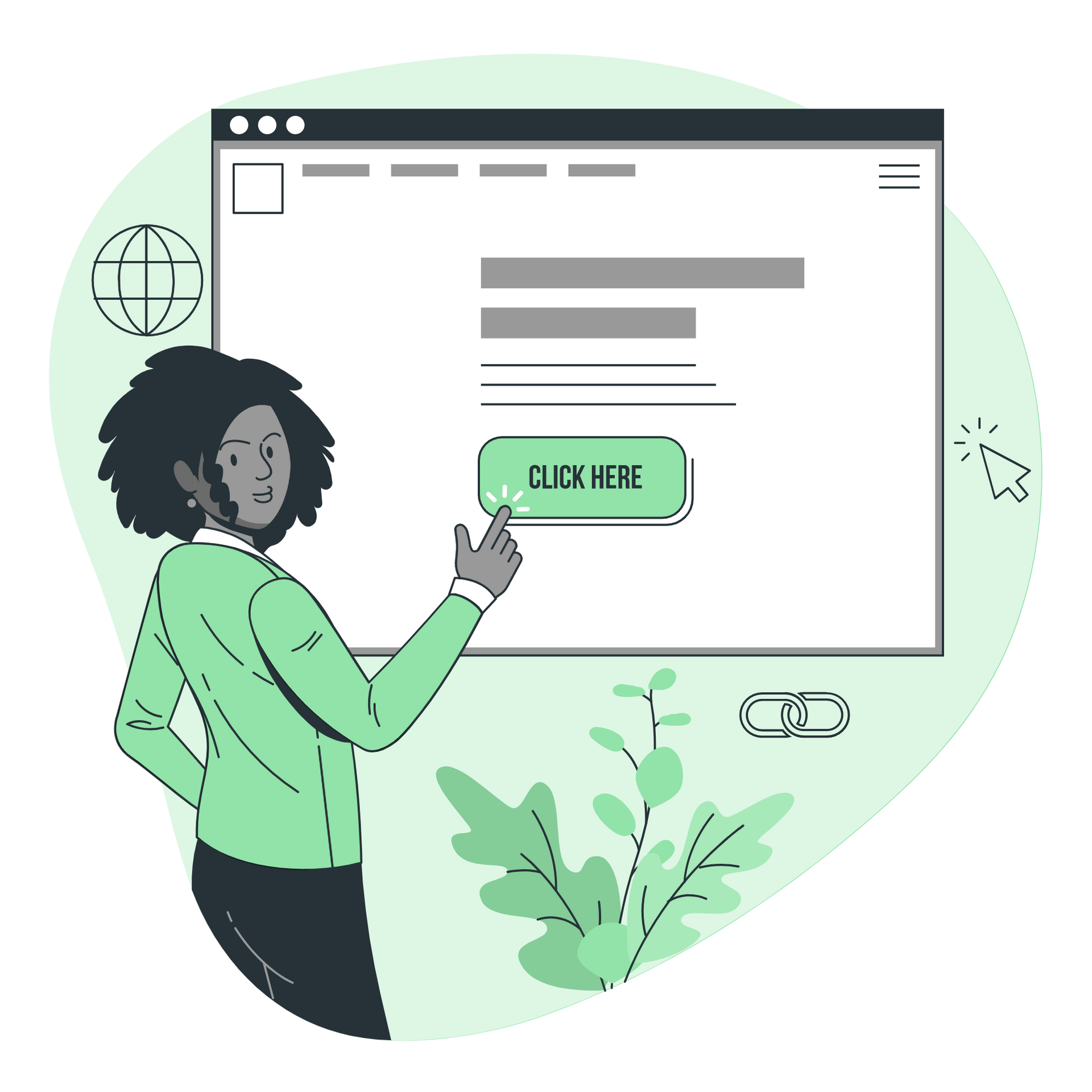Do you have an effective website?
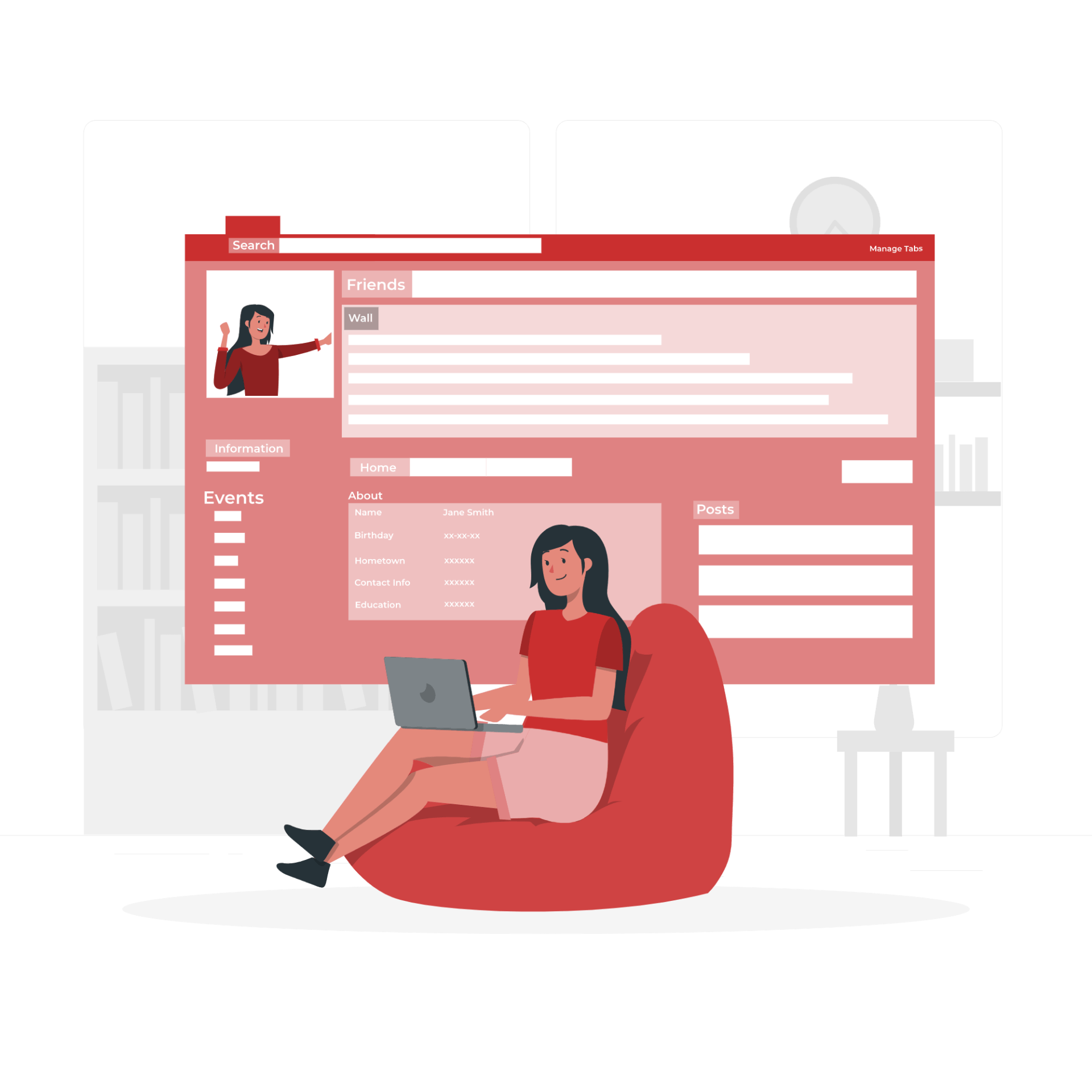
1. Header: is the top part of the website. It is one of the most important elements, it is the first thing the user sees when visiting your site. It should provide the opportunity for navigation and a summary of your brand identity. It is important that you include these elements:
- Your brand logo
- CTA as the "book" button
- Menu with the different links
- Social media connections
- Languages change

2. Navigation menu: It is one of the essential elements as it helps to explore the content of the page. The easier and faster it can be read, the better user experience and better SEO positioning as it helps search engines tquickly understand the content.
It is recommended that the entire menu is in a single line from 3 to 6 options at most to avoid overwhelming the user.
Use precise and brief words: "Services" instead of "Our services". Use the drop-down menus if you want to delve into a topic.
The navigation menu should always appear on your website except on a landing page, because this is used specifically for conversion.

3. CTA: Call to action is an indispensable element on your website, they are those shortcuts that will lead your visitors to perform the action you want, such as booking, contacting or learning more about a product or service you offer. Keep these points in mind to have an effective CTA:
- Concise text: It is recommended to use verbs that call to action such as "Book now" or "Learn more". They must be clear so the person who presses the button knows where they will be redirected.
- Location: Some strategic locations are at the end of a text or in the header of the page.
- Design: Make sure they have the right size and color so that it stands out and is eye-catching and don't forget that it must be adapted for different devices.
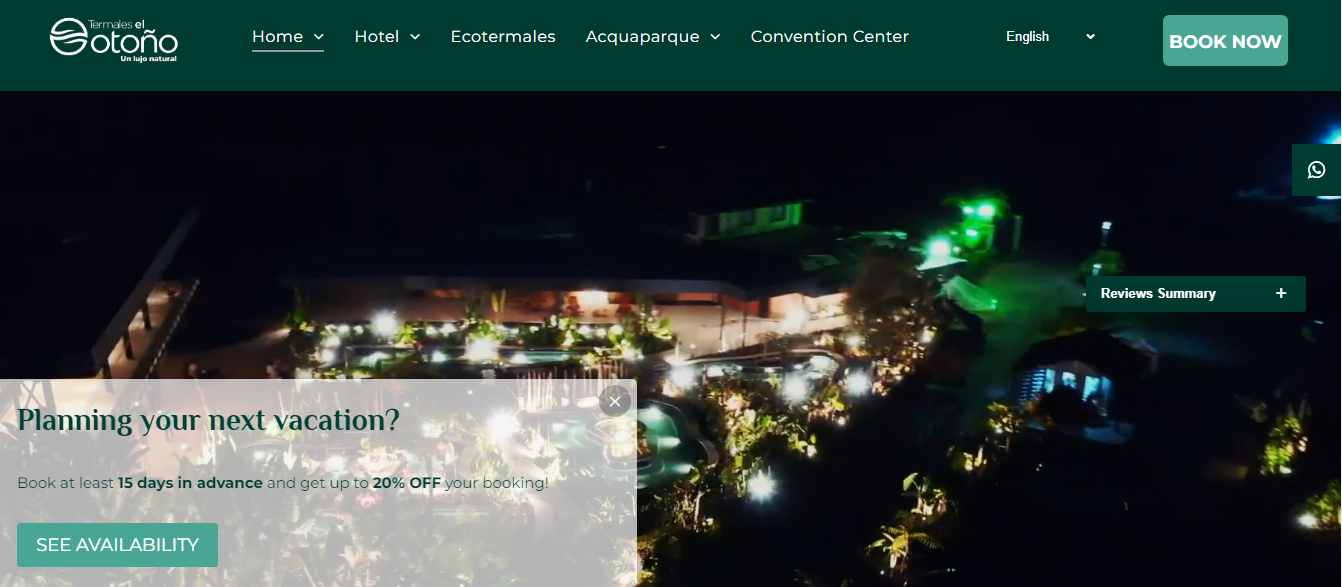
4. Hero section: is the area below the header that complements the first view of the visitor, it can be an image, text or video that captivates and connects, it must be very eye-catching to capture the attention and invite users to continue exploring your website.
At Laably we recommend using videos in this part because it is much more captivating than a static image, it has been shown that users spend 88% more time on a website that has video content than one that does not.
5. Form:
Inbound marketing is a key strategy to obtain data from your visitors and start a conversion strategy. Forms can be as long and specific as you like. It can also be used in the form of a pop-up so as not to interrupt the visitors navigation.
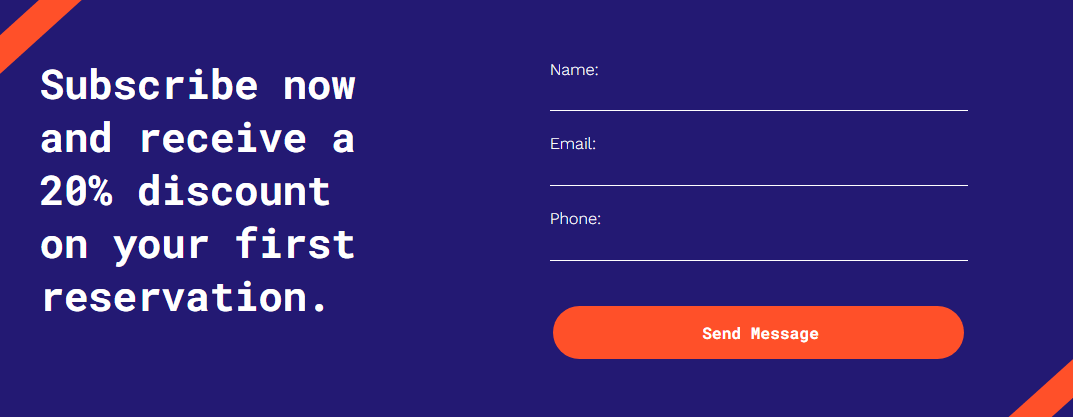
6. Favicon:
The URL icon is the one that appears in the browser and in the bookmark tab. It helps to have a faster visual connection with the brand.
7. Contact information:
Section where relevant data is provided to the visitor such as: address, contact number, social networks or even a map with the location of the hotel. It is usually located at the bottom of the page.
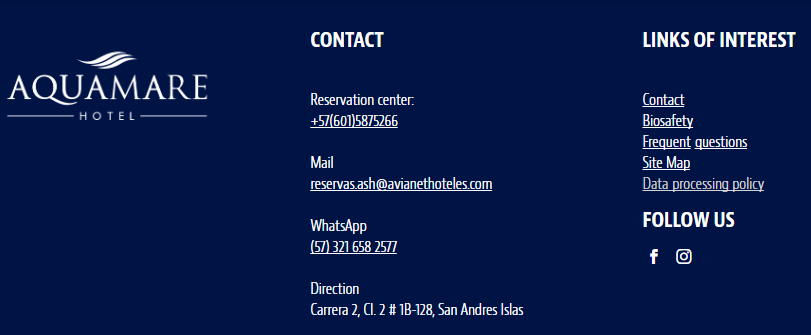
8. Footer: it is the final element of the website, like the header, it must contain useful and clear information. In this part you can include different links such as:
- Brand logo
- Social media networks
- Contact information
- Frequent questions
- Terms and Conditions
- Business address or map

Remember that your website must represent the image of your brand and what you want to achieve, while offering a clear and reliable message to your visitors.
Now that you know the basic elements of a website, are you ready to make your own? At Laably we have professionals who will help you find the best combination between an effective website and the essence of your hotel.
Subscribe to the newsletter to receive relevant information related to the hospitality industry and get a 10% discount on any plan during the first 6 months
Contact Us


